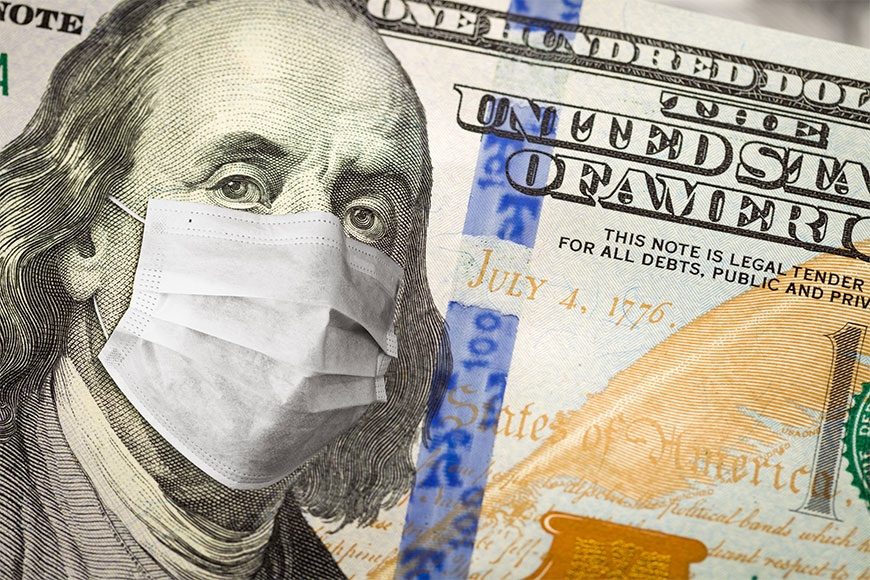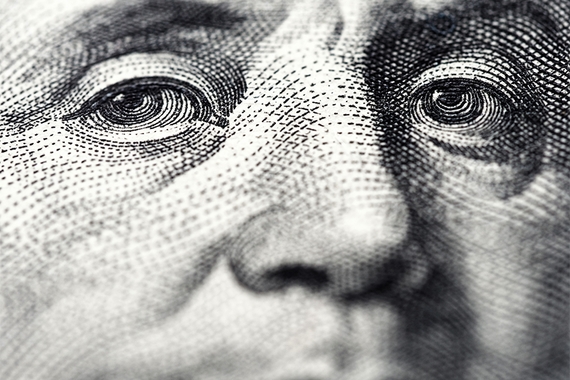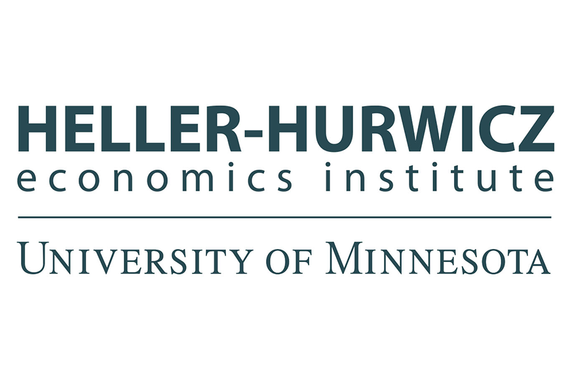Approaches to Restarting the Economy in the Time of Coronavirus
The COVID-19 outbreak has disrupted the course of normal life, carrying with it economic implications that may not be easy to predict at the moment. Although the changes have been difficult and sudden, professors in the economics department have been collaborating to study the economic impact of the pandemic and to estimate the best ways to mitigate damage to the economy.
Professors VV Chari and Christopher Phelan have been conducting extensive research on the optimal way to maximize economic welfare gains while curbing the spread of the virus, while Professor Aldo Rustichini has been working with researchers in Europe to investigate the most advantageous approach to opening an economy after a lockdown by studying two different regions in Italy.
Targeted vs Untargeted Testing
Chari and Phelan have been collaborating with University of Minnesota alum Rishabh Kirpalani (PhD ‘16) to study if targeted isolation policies, such as those in South Korea, Singapore, and Hong Kong, are more beneficial than indiscriminate isolation policies, such as those in most Western countries. Targeted isolation policies involve fewer restrictions on economic activity coupled with more “aggressive policies” that involve targeted testing, contact tracing, and isolation.
The dynamic model they developed is based on the typical SIR model used by epidemiologists that compartmentalizes the population into three main categories—susceptible, infected, and recovered. By incorporating variables to estimate the various economic benefits and costs of different policies on each group, they analyze the extent to which policies of target testing and isolation can be used to achieve better economic outcomes.
Based on their findings, Chari and Phelan recommend that targeted testing and “optimally designed” isolation policies would result in fewer deaths and would also require limited restrictions on economic activity than if these measures were not available. Further, they state that untargeted testing results in only minimal gains compared to not testing at all.
However, they also believe that in a situation where testing is not available targeted isolation without testing can achieve up to two-thirds of the increased welfare from a targeted testing and isolation policy.
Who Can Return to the Workplace?
On the other hand, Aldo Rustichini uses an extension of the SIR model called the SEIR model, which also accounts for individuals who are ‘exposed’ to the virus and thus can accidentally infect many more people by interacting with them during the incubation period.
In his paper, Rustichini and collaborators Andrea Ichino and Carlo Favero examine the economic and public health implications of five policy measures that were to be implemented as of May 4, 2020. The five policy measures being considered are prolonged lockdowns; enabling some sectors to go back to work; allowing people between the ages of 20 to 49 go to work; allowing people between the ages of 20 to 49 go back to work in low risks sectors while only people between the ages of 20 to 29 go back to work in high-risk sectors; and lastly, all workers go back to work.
Rustichini uses his model to predict that a “relatively safe” return to the workplace is possible if a “combination” of two policies is enforced. Based on the data, he believes that allowing some employees in low-risk sectors to go back to work along with “differentiation” on the basis of the age of the workers (young employees are more likely to go back than older employees) would make it possible for the economy to open up while reducing the associated health risks.
Looking Ahead
Unprecedented times call for unprecedented measures. Discourse about the public health and economic implications of the COVID-19 outbreak has taken center stage in the world today. Economists globally, including faculty members and alumni of the economics department here at the University of Minnesota, are studying the possible tradeoffs of different policy approaches. We are living in a time of great uncertainty and even as research is making strides in the right direction, economists everywhere are yet to come to a consensus on the most rewarding policy that would enable us to combat a global pandemic of this magnitude presently and in the future.
This story was written by an undergraduate student in Backpack. Meet the team.



